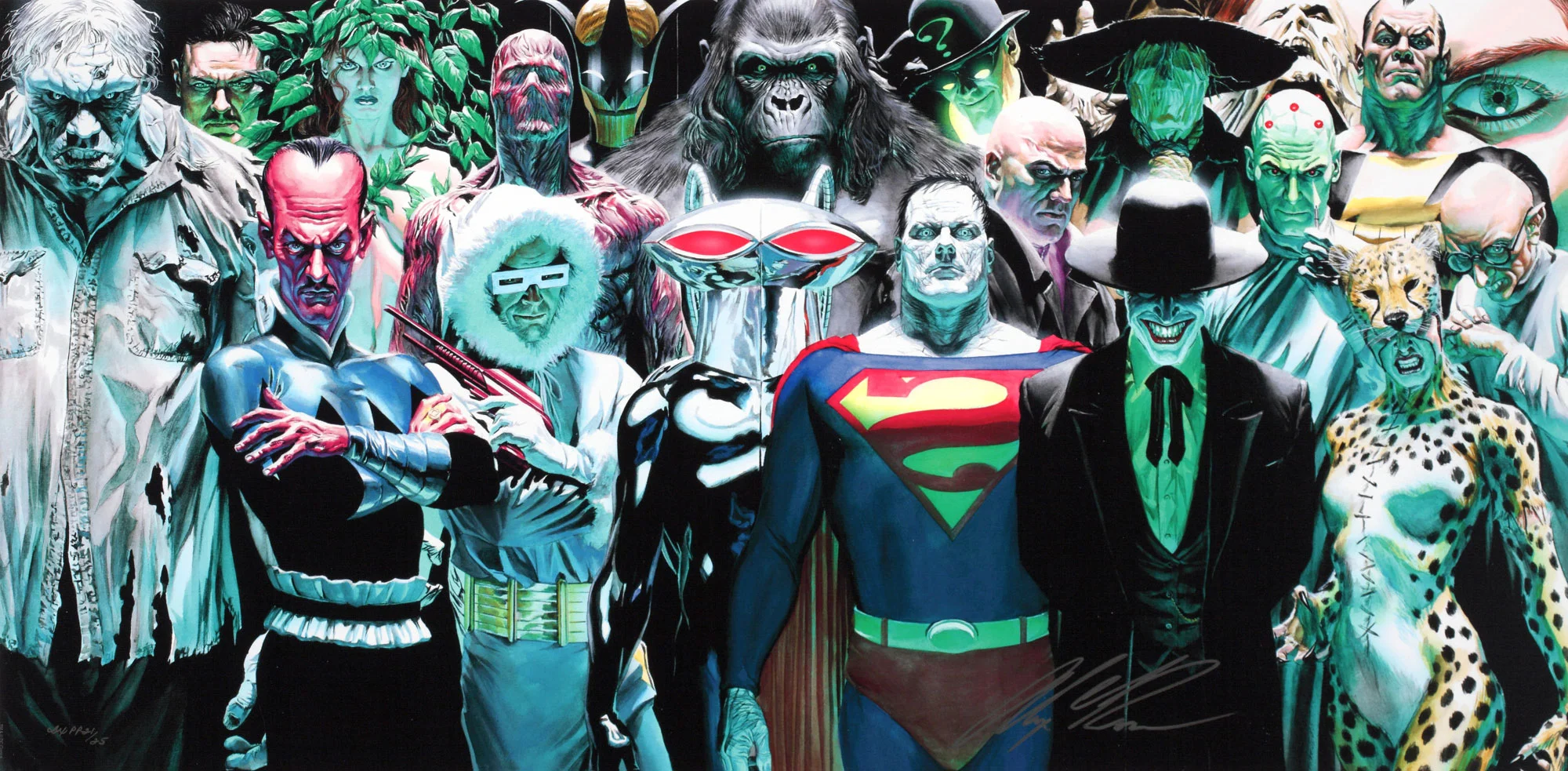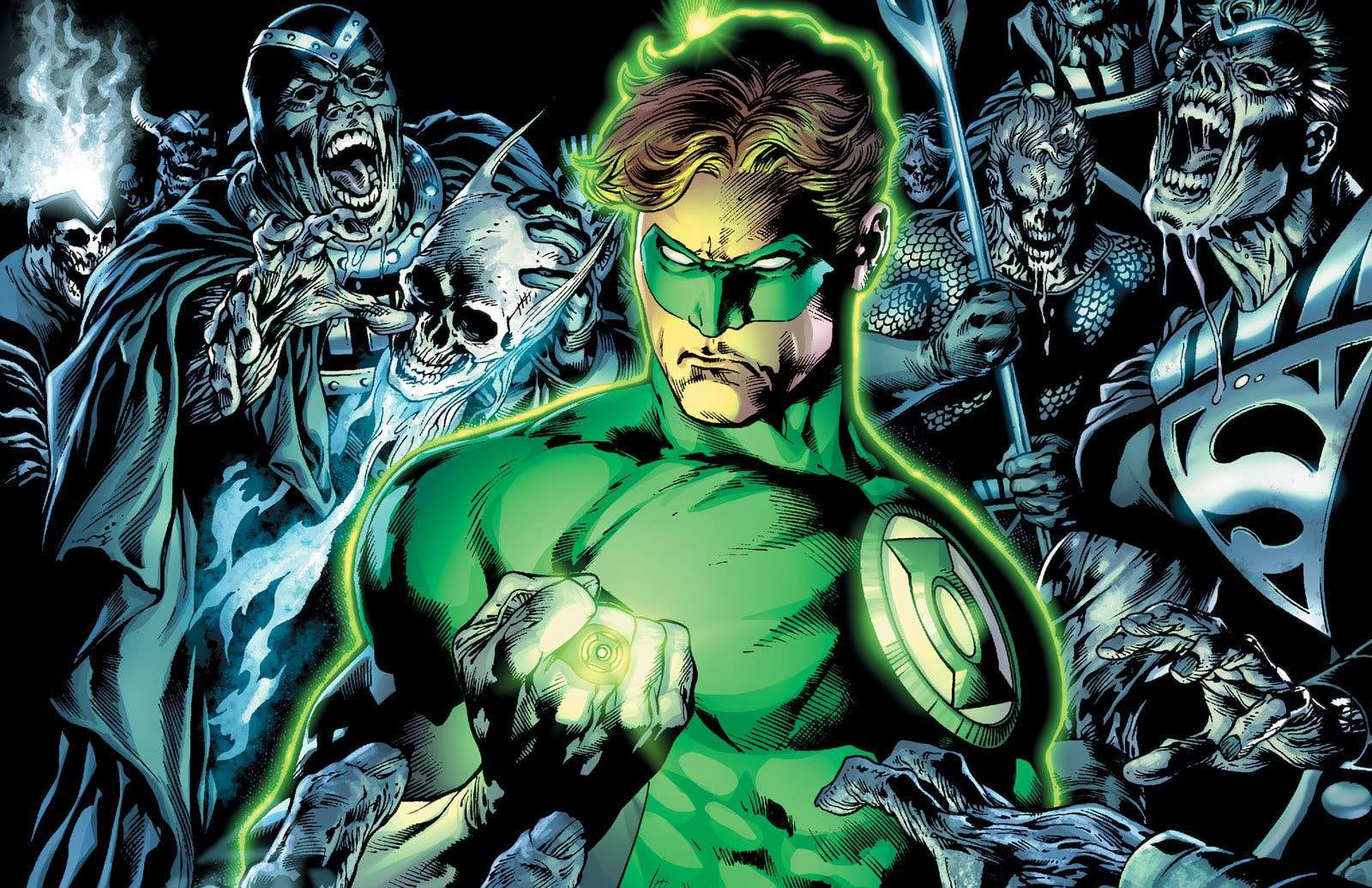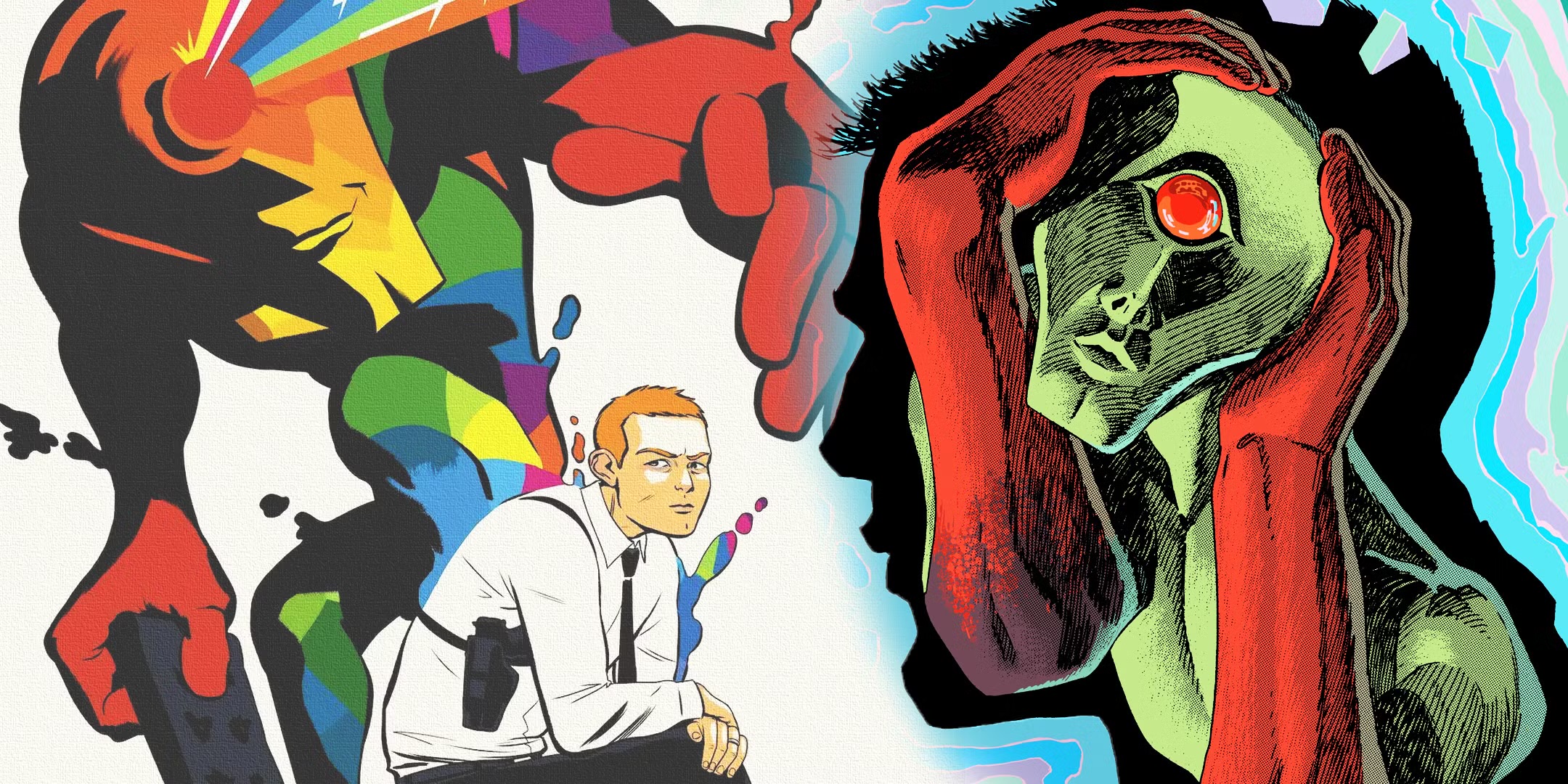Independent comics have always been the bold and rebellious younger sibling of the mainstream comic book industry. Born out of a desire for creative freedom and an urge to tackle subjects often overlooked by the corporate giants of Marvel and DC, independent comics have carved a vital niche in the world of sequential art. From their politically charged beginnings to their role in challenging industry norms, the history of independent comics is a testament to the power of storytelling outside the confines of commercial pressures.

The roots of independent comics can be traced back to the underground comix movement of the 1960s and 70s. This period was marked by the rise of counterculture in the United States, fueled by the civil rights movement, anti-Vietnam War protests, and a general pushback against societal norms. Artists like Robert Crumb, Trina Robbins, and Art Spiegelman rejected the sanitized content of mainstream comics, choosing instead to self-publish works that explored taboo subjects such as sex, drugs, politics, and social justice.
Underground comix often directly challenged political and cultural institutions. Titles like Zap Comix and Wimmen’s Comix offered sharp critiques of societal hypocrisy and gender inequality, paving the way for comics as a medium of political discourse. These works were raw, unfiltered, and groundbreaking, signaling that comics could be more than just superhero escapism.
By the 1980s, the landscape of independent comics began to shift. While Marvel and DC continued to dominate the market with their superhero universes, creators grew increasingly frustrated with the limitations imposed by these corporate publishers. Rights to characters, creative control, and editorial oversight were common pain points.
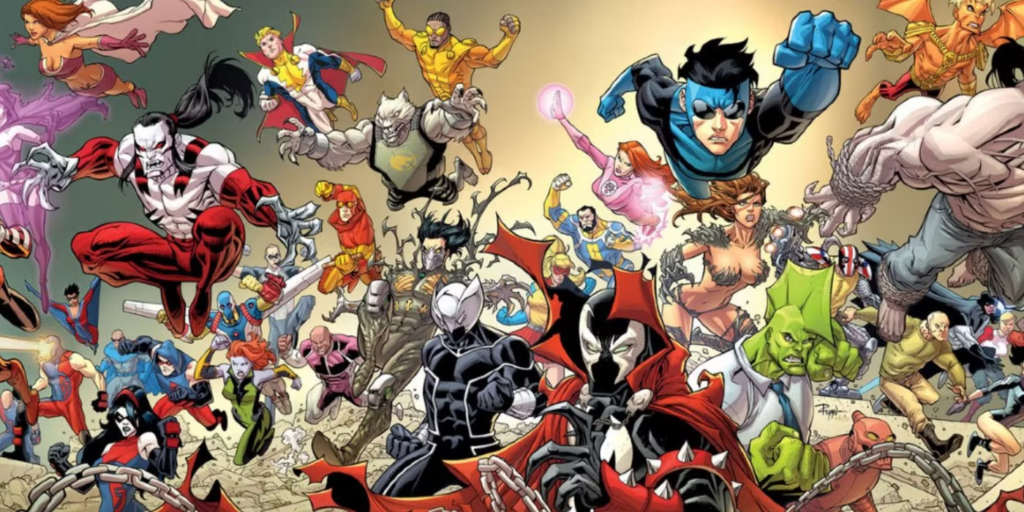
Enter publishers like Image Comics, Dark Horse, and IDW. Image Comics, founded in 1992 by a group of Marvel’s top artists including Todd McFarlane (Spawn) and Jim Lee (WildC.A.T.s), revolutionized the industry by putting creative control and ownership back into the hands of artists and writers. Their slogan, “Created by us, owned by us,” resonated with creators who sought autonomy. This approach allowed for boundary-pushing stories that couldn’t exist under Marvel or DC’s umbrella.
Dark Horse Comics, founded in 1986, also provided a haven for creators looking to explore more diverse genres. Titles like Hellboy by Mike Mignola and Sin City by Frank Miller offered gritty, unconventional narratives that contrasted sharply with the polished heroics of Spider-Man and Superman.
Independent comics embraced genres and themes that Marvel and DC largely ignored. Horror, science fiction, slice-of-life, and autobiography became staples of the indie scene. For example, Harvey Pekar’s American Splendor showcased everyday life in Cleveland, proving that comics didn’t need capes or superpowers to be compelling.
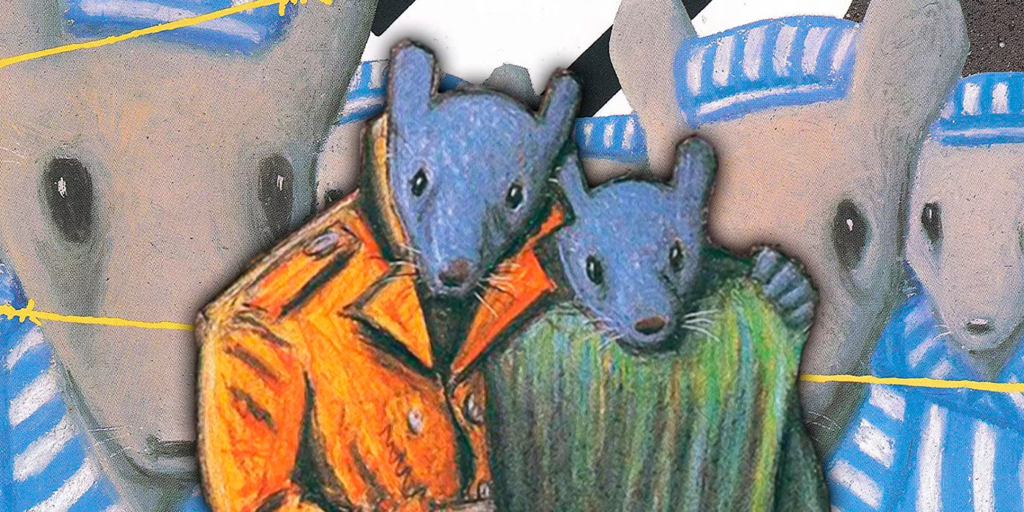
During the 1980s and 1990s, graphic novels like Art Spiegelman’s Maus and Alan Moore and Eddie Campbell’s From Hell demonstrated the literary potential of comics. Spiegelman’s Pulitzer Prize-winning Maus, which recounts his father’s experiences during the Holocaust, became a watershed moment for the medium, proving that comics could tackle profound historical and emotional topics.
Independent comics have always been a platform for underrepresented voices. From LGBTQ+ narratives to discussions of race and inequality, indie creators used their freedom to highlight issues ignored by mainstream publishers. Alison Bechdel’s Dykes to Watch Out For explored lesbian life and politics in the 1980s, while March by Congressman John Lewis detailed his experiences during the civil rights movement.
The ability to self-publish or work with smaller publishers allowed creators to take risks without fear of censorship. This openness has made independent comics a vital platform for cultural commentary and advocacy.
One of the greatest challenges faced by independent comics has always been distribution. While Marvel and DC relied on their vast networks of comic shops and distributors, indie creators often had to rely on grassroots efforts to reach their audiences. The rise of direct market distribution in the 1980s, however, created opportunities for independent publishers to thrive.
Specialized comic book stores became hubs for indie comics, giving readers access to a broader range of stories. Additionally, conventions like San Diego Comic-Con began to spotlight indie creators, allowing them to build loyal fanbases.
The internet revolutionized the way independent comics reached audiences. Platforms like Kickstarter and Patreon gave creators a direct line to their fans, bypassing traditional publishers altogether. This crowdfunding model enabled projects that might never have been greenlit by a mainstream publisher to come to life.
Webcomics also flourished, with titles like The Oatmeal and Sarah’s Scribbles reaching millions of readers online. The digital age democratized the industry, ensuring that anyone with a story to tell and a way to publish could find an audience.
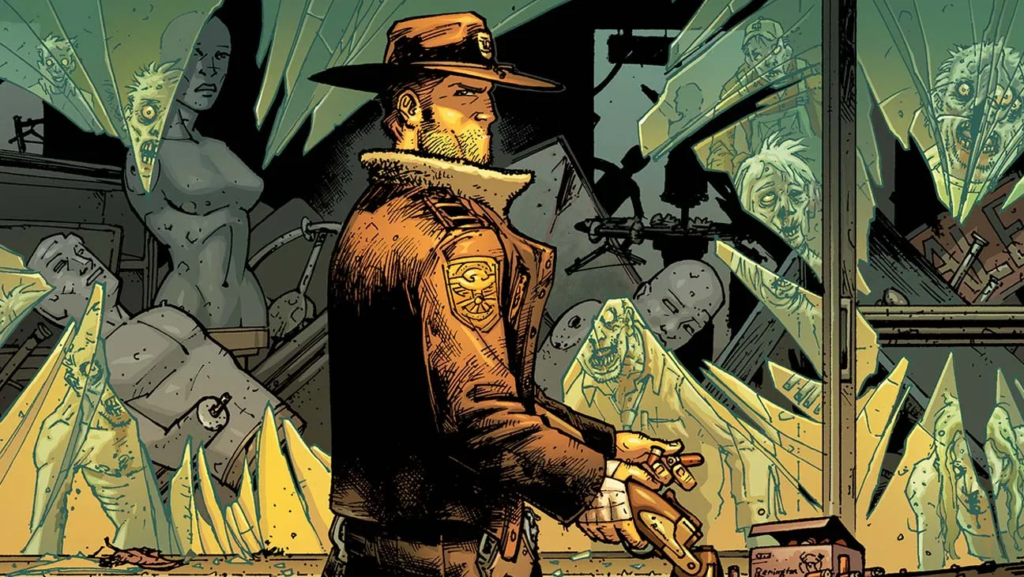
While Marvel and DC remain industry giants, independent comics have continued to push the boundaries of what the medium can achieve. The rise of indie publishers like BOOM! Studios and Image Comics has created healthy competition, forcing mainstream publishers to innovate. Indie titles such as Saga by Brian K. Vaughan and Fiona Staples, The Walking Dead by Robert Kirkman, and Something Is Killing the Children by James Tynion IV have not only sold millions of copies but have also won critical acclaim and awards.
Moreover, the success of indie comics in other media—such as The Walking Dead television series and Scott Pilgrim vs. The World—has proven their mainstream appeal. Hollywood’s interest in adapting indie titles has brought them into the spotlight, further blurring the lines between “independent” and “mainstream.”
Independent comics have broadened the scope of storytelling, championed creative freedom, and amplified diverse voices. Today, the lines between indie and mainstream are less rigid, but the spirit of independence remains.
As the medium continues to evolve, independent creators will undoubtedly remain at the forefront of innovation, challenging norms and expanding what comics can be. For readers, this means a wealth of unique, thought-provoking stories that reflect the complexities of our world—and beyond.
Independent comics are not just an alternative to Marvel and DC; they are an essential part of the comic book landscape, offering a vibrant counterpoint to the familiar, and ensuring that creativity knows no bounds.


